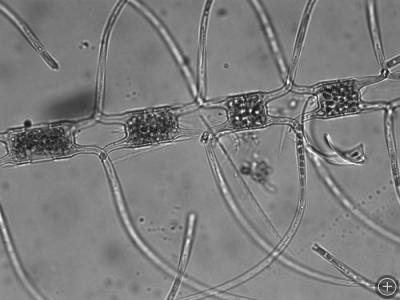Floating Communities
SOUTHERN OCEAN– The main research pursuit behind our group of scientists’ travel aboard the N.B. Palmer this month is to see how icebergs influence surrounding organisms. This influence could come directly to the organisms themselves or indirectly through changes in the chemistry and physics of the ocean water around them.
It is well known that animals aggregate around floating devices. Tuna, for example, is found underneath logs in the Eastern Tropical Pacific. In our case, a small shrimp-like animal, the Antarctic Krill, concentrates around icebergs, due to either its natural behavior or an increased ability to find food.
One idea we are studying focuses on the amount of iron being released by melting icebergs as they travel north. As plants use iron for nutrients, release of iron would increase plants around the iceberg and provide more food for krill. Plant production is certainly increased around icebergs, sometimes by as much 30 percent.
These rings of life are teeming with diatoms– tiny, one-celled organisms that dominate the makeup of phytoplankton. The Southern Ocean in particular is famous for its beautiful diatoms.
Corethron criophilum is the largest diatom found so far in this cruise. In spite of short and cloudy days (no more than 7 hours of sun) with little overall light, this diatom is growing well. We can see the dividing cells under the microscope.

 No comments
No comments 









